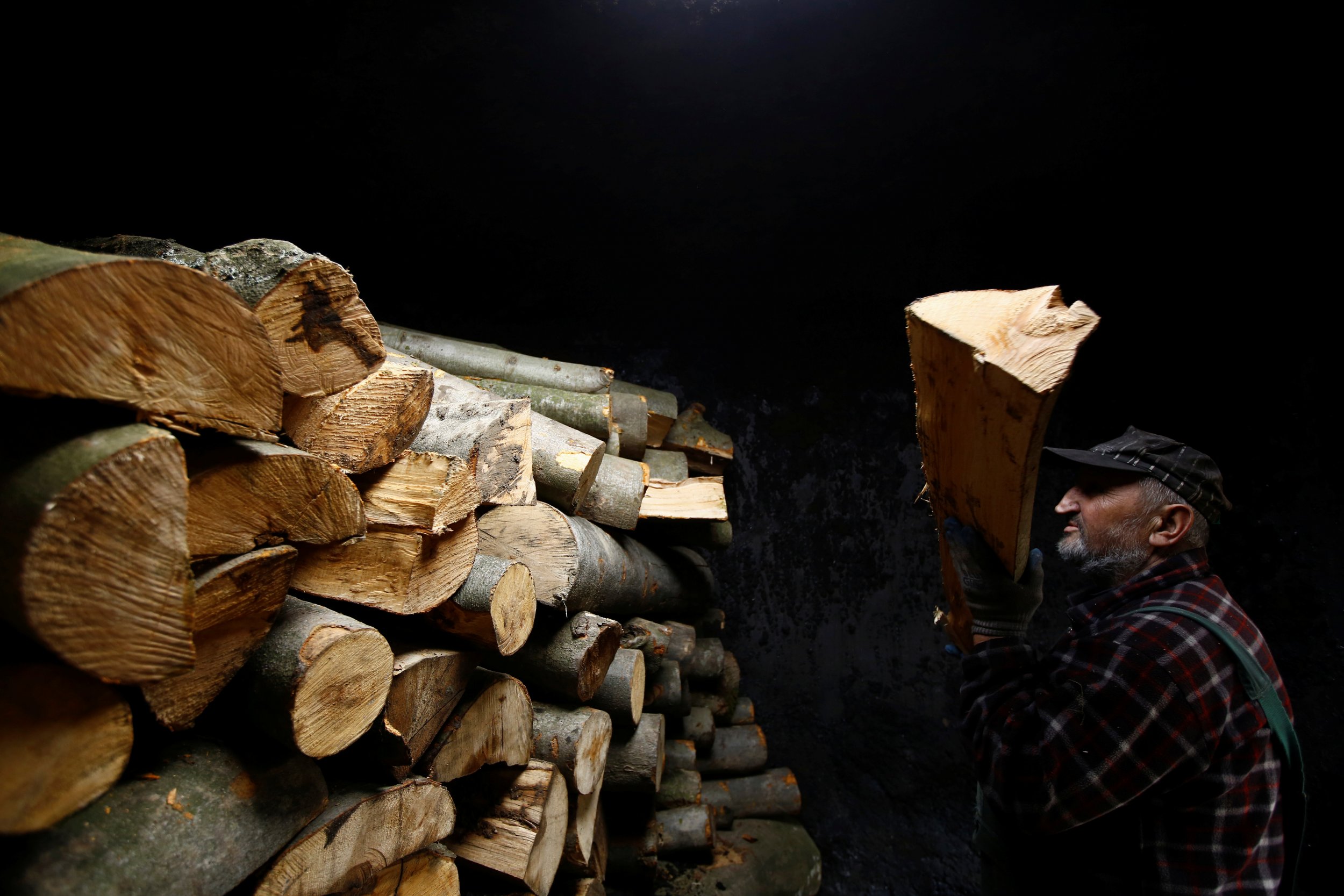
Engineers have created a new wood that could change what buildings are made of and takes just a few hours to make.
Scientists from Chinese institutions developed the new wood that won't catch fire, according to a new study. Published in Science on Friday, the study showed that the wood is just as strong as natural wood, unlike other engineered woods.
"This time-efficient strategy contrasts strikingly with the decades or hundreds of years needed to grow natural wood," the team of scientists wrote in their paper. "Our artificial woods exhibit not only good controllability in microstructures but also comparable mechanical properties with those of natural wood."
A natural polymer called lignin makes natural wood strong. Lignin binds small crystallites of cellulose together in a web-like structure. The scientists replicated lignin with resol, a synthetic polymer. Resol also has a web-like structure and can bind crystallites together to create strength.
The crystallites can be changed based on which wood someone wants. They can change the color or other properties by adding or switching out the crystallites that the resol holds together. The engineered wood will adopt a cell-like structure when those crystallites cure, similar to natural wood's cell structure. When the wood is compressed, it's able to resist, just like natural wood.
The scientists were inspired by natural wood, which is why they copied so many of its components. Other engineered wood, like the kind that's often used to build outdoor porches or fences, is less strong. Those plastic-wood composites are favored because people don't need to stain, paint, or sand them.
This wood is more effective than those plastic-wood composites due to its strength, but also its ability to resist fire because resol is fire retardant. According to the U.S. Fire Administration, there were 364,300 residential building fires in 2016. Of those fires, 1,800 were fatal and 7,000 resulted in injuries.
"Further, in contrast to natural wood, they demonstrate preferable corrosion resistance to humidity and acid with no decrease in mechanical properties," the team wrote. This means the wood could likely resist extreme weather events, allowing for even more protection. It also provides thermal insulation, keeping people warmer inside their homes but also making the wood usable for environments like manufacturing that might need that protection.
"As a kind of biomimetic engineering materials, this new family of bioinspired polymeric woods is supposed to replace the natural wood when used in harsh environments," the scientists wrote.
Uncommon Knowledge
Newsweek is committed to challenging conventional wisdom and finding connections in the search for common ground.
Newsweek is committed to challenging conventional wisdom and finding connections in the search for common ground.
About the writer
To read how Newsweek uses AI as a newsroom tool, Click here.






